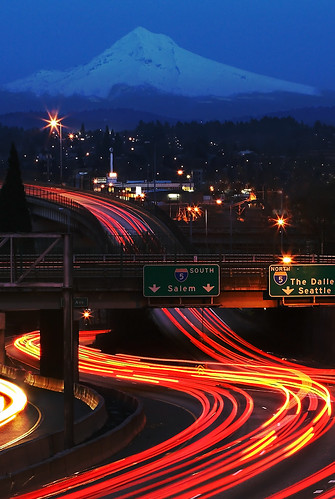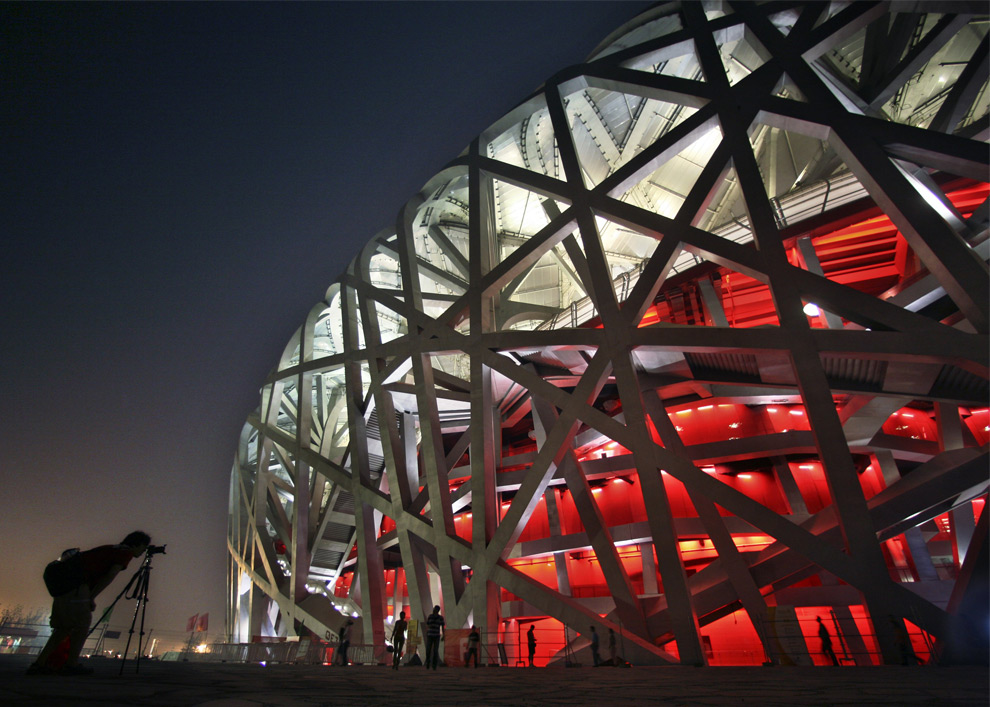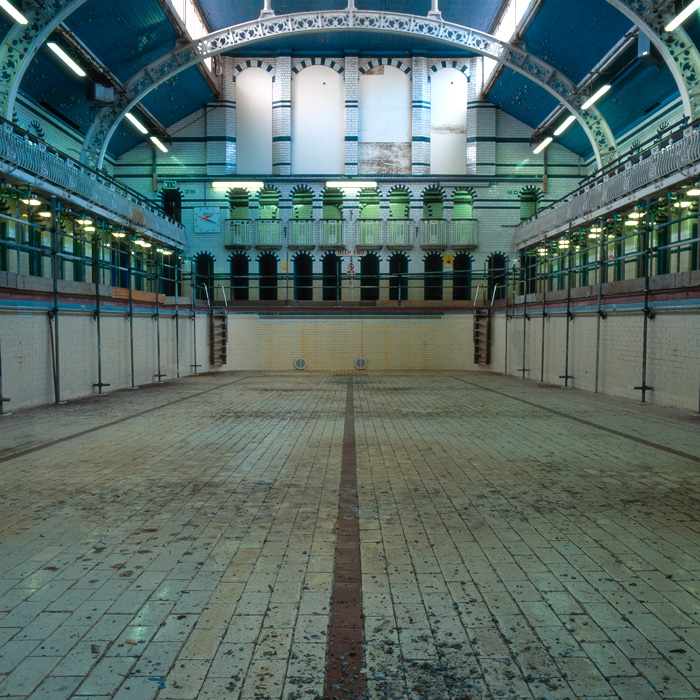
Prolific greenblogger Alex Steffan wrote a post last weekend about an idea spawned during a late-night coffeetalk with the equally prolific and fantastic Cory Doctorow (which sounds like maybe the most thoroughly awesome way to spend a weeknight,
ever) that Doctorow dubbed
"The Outquisition." The idea is grand and audacious in just the right way, and the comments that follow the initial post are well worth a read. But this post is about an offshoot inspired by a footnote in Steffan's post.
The dynamic e-duo's Outquisition involves sustainability-minded urbanites trekking out to failing suburbs and shrinking cities around the world, bringing with them innovative, site-specific solutions to the slew of new problems being brought on by the collapse of the oil-based economy. In his litany of suggestions, Mr. Worldchanging mentions "running holistic programs for kids" as a possible method of green evangelism. This re-ignited an idea I'd been going over a few months back: urbanism camp.
There are all kinds of camps for kids. There are outdoor adventure camps, sports camps, art camps, and plain old-fashioned away-from-home summer camps, with their crafts and campfires and capture the flag tournaments. Kids learn a lot at camp; not only do they build social skills, they are able to hone their interests and be exposed to new activities and ideas. With families increasingly looking at cities as a solid alternative to suburban picket fences, it seems like camp would be the perfect way to teach kids how to appreciate the urban environment.
Indeed, life in the city is very different from life in the suburbs for a youngster. A city-focused camp could feature games that took advantage of urban neighborhoods, sneaking in lessons about street safety amidst the fun. Trips to different neighborhoods, museums, community centers, parks, and public spaces could not only expose kids to a variety of subjects, but also introduce them to the many different creative outlets provided by a dense urban core.
This poses all sorts of interesting questions; architecture, public space, sustainability, diversity, mass transit -- can these things be entertaining to an eleven-year-old? It's kind of fun to ponder. Maybe someday, somebody will actually come up with an affirmative answer.


















